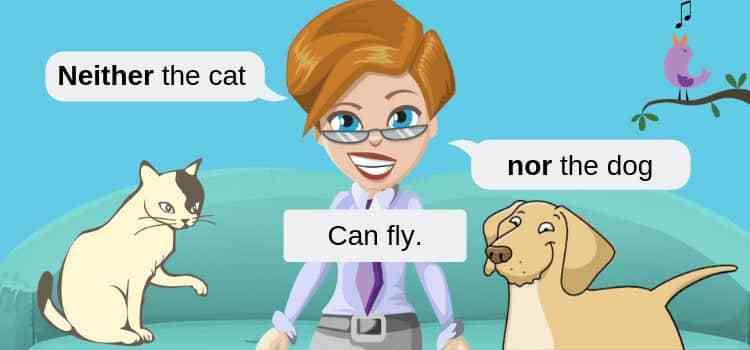
We all know that an ellipsis is a punctuation mark that consists of three dots (…).
You can use it to indicate a pause, a trailing off, or an omission of text.
But can it be four dots?
Yes, and it’s grammatically correct because you usually need a period (full stop) if it occurs at the end of a sentence.
Dots and spacing for an ellipsis
The spacing of the dots in an ellipsis depends on the style guide you follow.
Some style guides, such as the MLA and APA, recommend inserting a space before and after each dot. For example:
She said, “I couldn’t care less … maybe I won’t bother.”
However, the Chicago Manual of Style and the Associated Press suggest that you use no spaces between the dots.
She said, “I couldn’t care less…maybe I won’t bother.”
Most guides advise using a fourth dot to indicate the end of a sentence following an ellipsis. For example:
She said, “I don’t know….” Then she left.
But there are some that say you do not require this extra dot. For example:
She said, “I don’t know…” Then she left.
The important thing is to be consistent and follow the recommendations of your chosen style guide.
For omitted text
One of the primary uses of an ellipsis is to show that some text has been omitted from a quotation or a text.
This can help you avoid unnecessary or irrelevant information and focus on the main point.
Here’s an original quote.
“Four score and seven years ago our fathers brought forth on this continent, a new nation, conceived in Liberty, and dedicated to the proposition that all men are created equal.”
With an ellipsis, it could read like this.
“Four score and seven years ago … a new nation … dedicated to the proposition that all men are created equal.”
You can use three dots to indicate an omission when you want to omit text from the middle of a sentence.
To omit text from the end of a sentence, you can use four dots (or three dots without a period) to indicate the omission and the end of the sentence.
You can also use an ellipsis to omit text from the beginning of a sentence. For example:
“He was born in Hawaii, where his parents met while studying at the University of Hawaii. He spent most of his childhood in Indonesia and Hawaii but also lived for a few years in Washington, D.C., and New York.”
With the ellipsis, it could read like this.
“… born in Hawaii … He spent most of his childhood in Indonesia and Hawaii ….
Use an ellipsis in fiction writing
An ellipsis can also be used in fictional writing to create different effects.
For example, you can use an ellipsis to show a pause or hesitation within dialogue punctuation, or narration.
This can convey uncertainty, nervousness, or suspense.
“I’m not sure if I should tell you this …” he whispered.
She looked at him with curiosity and fear. “Tell me what?”
You can also use an ellipsis to show that a sentence or a thought is incomplete or interrupted.
This can convey confusion, shock, or surprise. For example:
He opened the door and saw … nothing.
She couldn’t believe what he had just said. How could he ….
When referencing quotes
An ellipsis can also be used with quoted material to show that some words have been left out or replaced by another word or phrase.
This can help you avoid plagiarism and make your writing more concise and clear. For example:
Original: “The only thing we have to fear is fear itself.”
With ellipsis: Roosevelt said that we have nothing to fear except “…fear itself.”
Original: “Ask not what your country can do for you; ask what you can do for your country.”
With ellipsis: Kennedy urged Americans to ask, “… what you can do for your country.”
Summary
An ellipsis is a punctuation mark that always consists of three dots.
You can use it to indicate a pause, a trailing off, or an omission of text.
The spacing of the dots depends on the style guide you are following.
Many say to think of the ellipsis like a word, so it takes a space before and after. But there are variations, especially when it occurs at the end of a sentence.
You can use an ellipsis to show that you omitted some text from a quotation or a text, to create different effects in fictional writing, or to replace some words with another word or phrase in quoted material.
But always remember to use an ellipsis correctly and, most importantly, in a consistent form in your writing.
Related Reading: Gapping In Grammar And How To Use It In Your Writing



